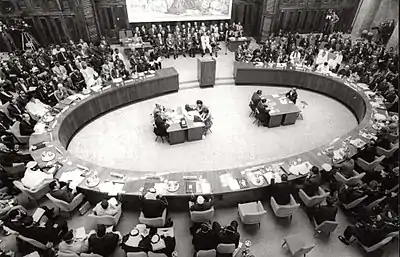| 10th Summit of the Non-Aligned Movement | |
|---|---|
| Host country | |
| Date | 1–6 September 1992 |
| Cities | Jakarta |
| Chair | Suharto (President of Indonesia) |
| Follows | 9th Summit of the Non-Aligned Movement |
| Precedes | 11th Summit of the Non-Aligned Movement |
10th Summit of the Non-Aligned Movement on 1–6 September 1992 in Jakarta, Indonesia was the conference of Heads of State or Government of the Non-Aligned Movement.[1] Around 100 delegations, including some 60 heads of State or government, participated in the Summit in Jakarta.[2]
The end of the Cold War and the subsequent violent breakup of Yugoslavia, one of the founding and core members, seemed to bring into question the very existence of the Movement, yet it was preserved during the times of crisis by the politically pragmatic chairmanship of Indonesia.[3] The Summit concluded that the NAM would create a special panel of economists and experts to investigate appropriate options for debt relief needed by many member needed by many member states.[4]
Brunei Darussalam joined the Movement at the Jakarta Conference.[5] Alongside Brunei, Myanmar (left the NAM in 1979[6]), the Philippines and Uzbekistan also joined the movement, Cambodia had returned as the country was now governed by the United Nations Transitional Authority in Cambodia while Argentina left the movement bringing the list of members to 108 countries in total.[2] Thailand as well as newly independent Armenia and Croatia were granted observer status for the first time (in total there was 8 observers), Bosnia and Herzegovina and Slovenia were granted guest status for the first time (in total there were 18 States and 13 organizations with that status).[2] Requests by Kyrgyzstan and FYR Macedonia were referred for further consideration.[2]
Participants
The following states participated at the Summit in Jakarta;
Member states
.svg.png.webp) Afghanistan
Afghanistan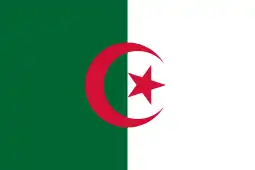 Algeria
Algeria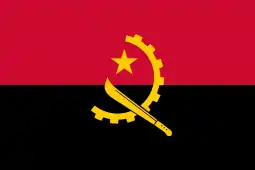 Angola
Angola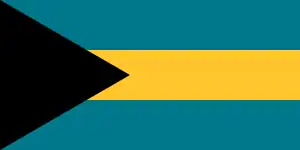 Bahamas
Bahamas.svg.png.webp) Bahrain
Bahrain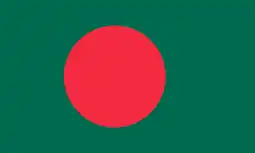 Bangladesh
Bangladesh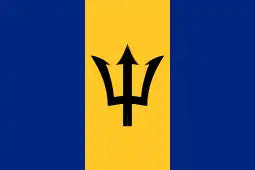 Barbados
Barbados.svg.png.webp) Belize
Belize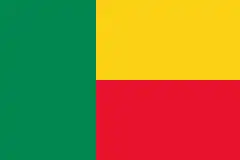 Benin
Benin Bhutan
Bhutan.svg.png.webp) Bolivia
Bolivia Botswana
Botswana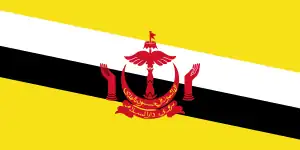 Brunei Darussalam
Brunei Darussalam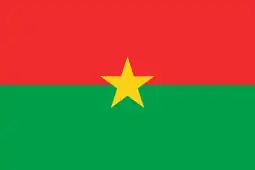 Burkina Faso
Burkina Faso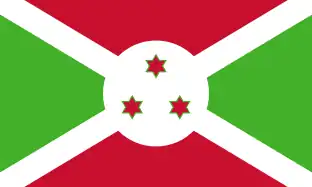 Burundi
Burundi.svg.png.webp) Cambodia
Cambodia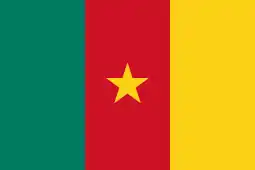 Cameroon
Cameroon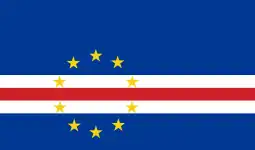 Cape Verde
Cape Verde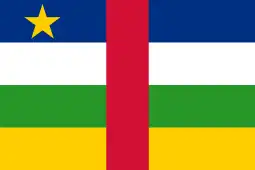 Central African Republic
Central African Republic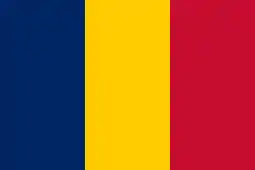 Chad
Chad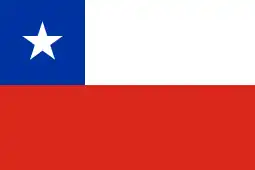 Chile
Chile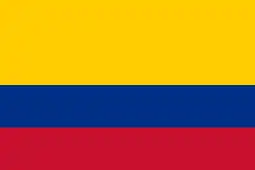 Colombia
Colombia.svg.png.webp) Comoros
Comoros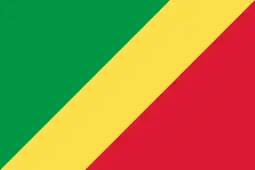 Congo
Congo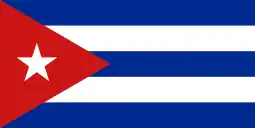 Cuba
Cuba.svg.png.webp) Cyprus
Cyprus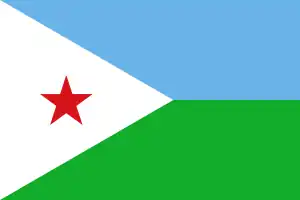 Djibouti
Djibouti.svg.png.webp) Ecuador
Ecuador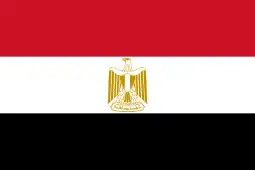 Egypt
Egypt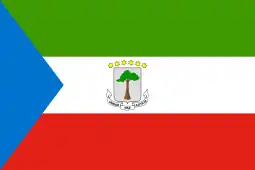 Equatorial Guinea
Equatorial Guinea.svg.png.webp) Ethiopia
Ethiopia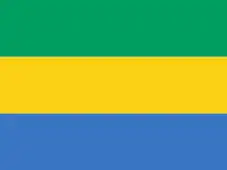 Gabon
Gabon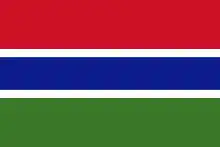 Gambia
Gambia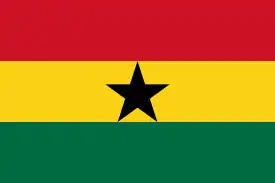 Ghana
Ghana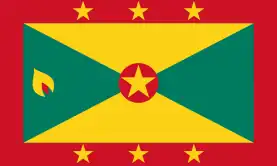 Grenada
Grenada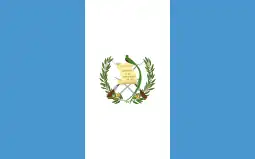 Guatemala
Guatemala Guinea
Guinea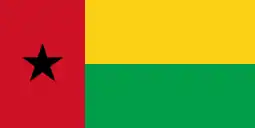 Guinea-Bissau
Guinea-Bissau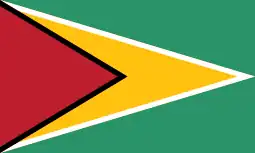 Guyana
Guyana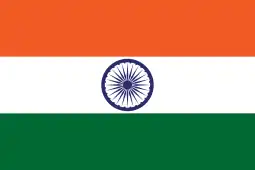 India
India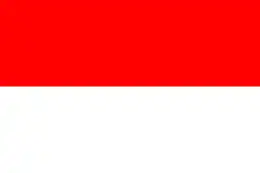 Indonesia
Indonesia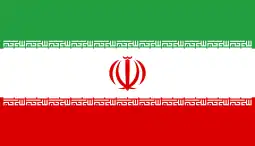 Iran
Iran.svg.png.webp) Iraq
Iraq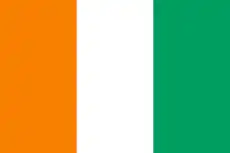 Ivory Coast
Ivory Coast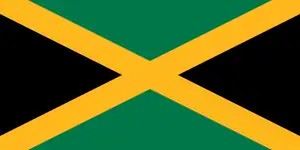 Jamaica
Jamaica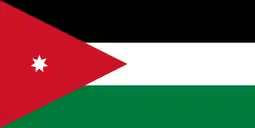 Jordan
Jordan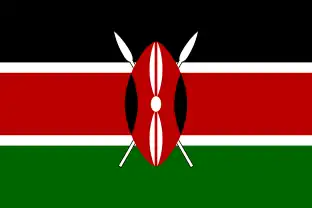 Kenya
Kenya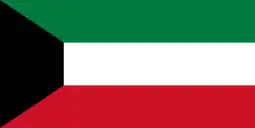 Kuwait
Kuwait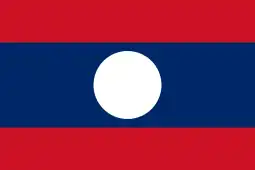 Laos
Laos Lebanon
Lebanon.svg.png.webp) Lesotho
Lesotho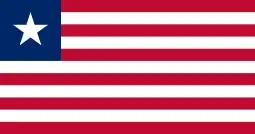 Liberia
Liberia.svg.png.webp) Libya
Libya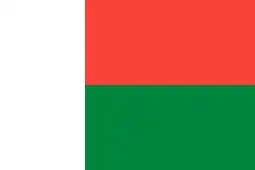 Madagascar
Madagascar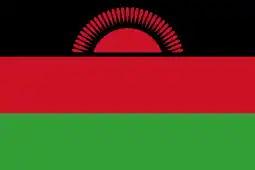 Malawi
Malawi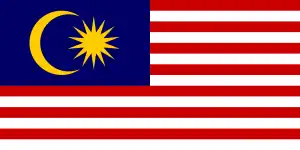 Malaysia
Malaysia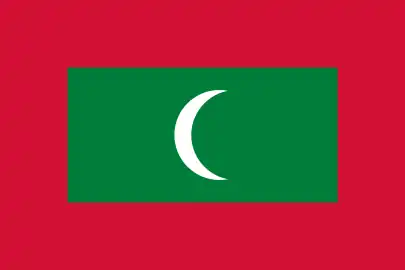 Maldives
Maldives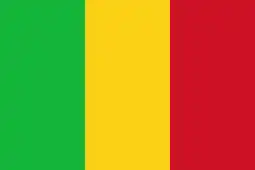 Mali
Mali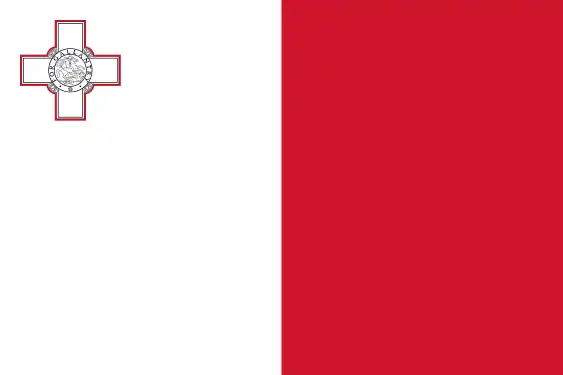 Malta
Malta.svg.png.webp) Mauritania
Mauritania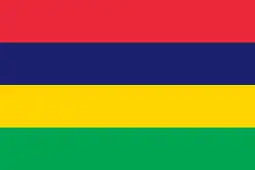 Mauritius
Mauritius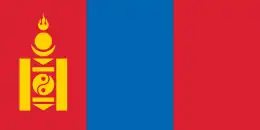 Mongolia
Mongolia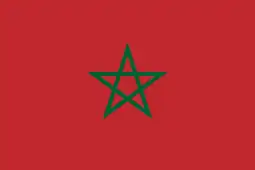 Morocco
Morocco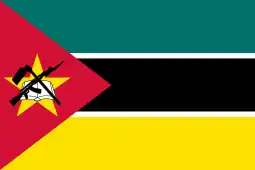 Mozambique
Mozambique.svg.png.webp) Myanmar
Myanmar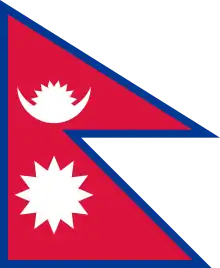 Nepal
Nepal Nicaragua
Nicaragua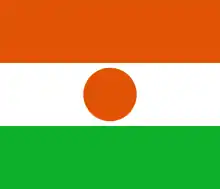 Niger
Niger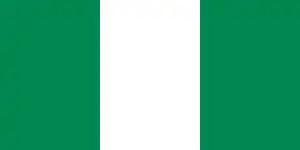 Nigeria
Nigeria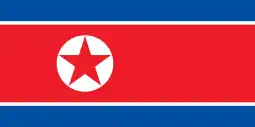 North Korea
North Korea.svg.png.webp) Oman
Oman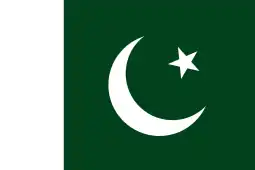 Pakistan
Pakistan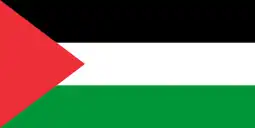 Palestine
Palestine Panama
Panama Papua New Guinea
Papua New Guinea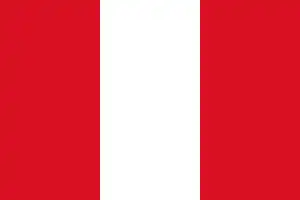 Peru
Peru.svg.png.webp) Philippines
Philippines Qatar
Qatar.svg.png.webp) Rwanda
Rwanda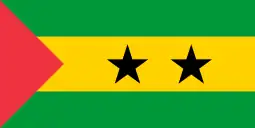 São Tomé and Príncipe
São Tomé and Príncipe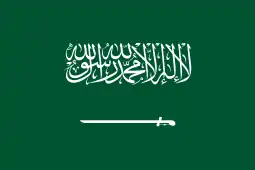 Saudi Arabia
Saudi Arabia Senegal
Senegal.svg.png.webp) Seychelles
Seychelles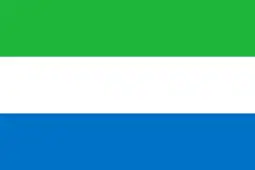 Sierra Leone
Sierra Leone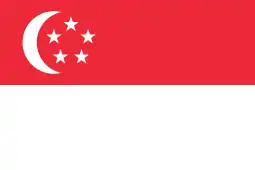 Singapore
Singapore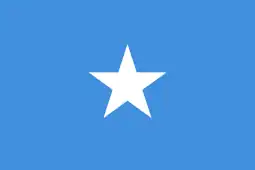 Somalia
Somalia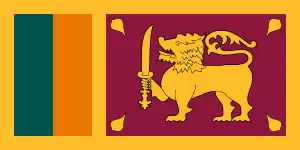 Sri Lanka
Sri Lanka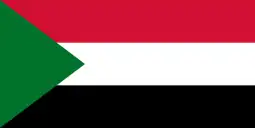 Sudan
Sudan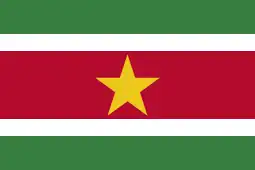 Suriname
Suriname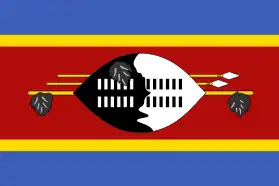 Swaziland
Swaziland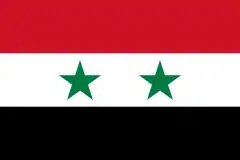 Syria
Syria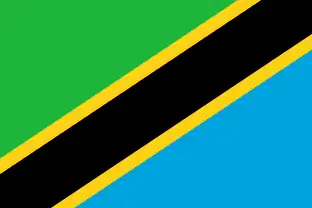 Tanzania
Tanzania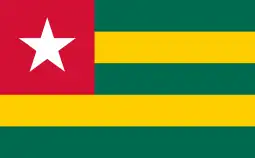 Togo
Togo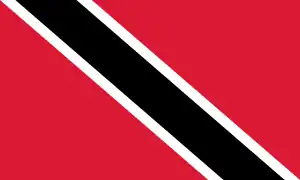 Trinidad and Tobago
Trinidad and Tobago.svg.png.webp) Tunisia
Tunisia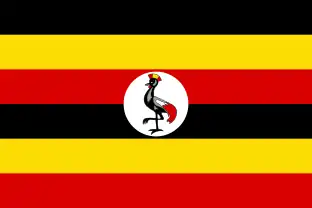 Uganda
Uganda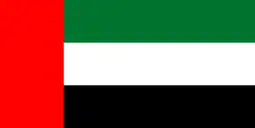 United Arab Emirates
United Arab Emirates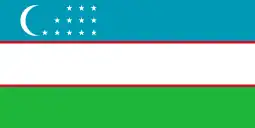 Uzbekistan
Uzbekistan Vanuatu
Vanuatu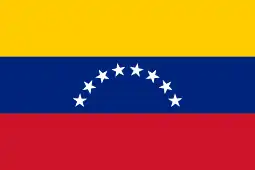 Venezuela
Venezuela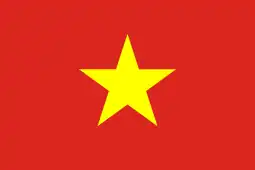 Vietnam
Vietnam Yemen
Yemen.svg.png.webp) Yugoslavia, Federal Republic of
Yugoslavia, Federal Republic of.svg.png.webp) Zaire
Zaire.svg.png.webp) Zambia
Zambia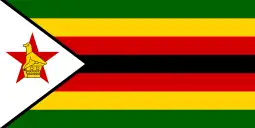 Zimbabwe
Zimbabwe
Issues on Agenda
Yugoslav Crisis
At the time of the Breakup of Yugoslavia in the early 1990s, the Socialist Federal Republic of Yugoslavia was at the end of its 1989–1992 chairmanship of the movement and was about to transfer its chairmanship to Indonesia. The Yugoslav crisis created logistical and legal issues in the smooth transfer to Indonesian chairmanship. At the time of the September 1–6, 1992 conference in Jakarta, the Yugoslav Wars had begun. Former Yugoslav republics of Croatia, Slovenia and Bosnia-Herzegovina joined the United Nations as new member states while UN imposed sanctions against Yugoslavia. New Federal Republic of Yugoslavia (consisting of Serbia and Montenegro) claimed to be the sole legal successor of the Socialist Yugoslavia (which had been rejected in the United Nations Security Council Resolution 777 a couple of days following the conference). Non-Aligned Movement movement was unable to influence developments in Yugoslavia in any significant way and was mostly responding to them.[2]
The Yugoslav Crisis created an unprecedented situation in which the chairperson of the movement (Dobrica Ćosić who was in London at the time) was absent from the conference to transfer the chairmanship to Indonesia.[6] The Yugoslav delegation, without any clear instructions from Belgrade, was led by Montenegrin diplomat Branko Lukovac.[6] The delegation agreed that the new post-Yugoslav states could participate in the meeting with the status of observers despite the fact that Belgrade did not recognize them at the time.[6] In the partially chaotic circumstances, the Yugoslav delegation (de facto Serbian and Montenegrin delegation) managed to achieve results which the Minister of Foreign Affairs of Egypt, Amr Moussa, described as good for Yugoslavia and better than what should be expected from the United Nations.[6] The movement decided not to expel Yugoslavia from the movement. Instead, to leave the Yugoslav nametag and the empty chair, which was kept until the beginning of the XXI century when, after the overthrow of Slobodan Milošević, the Federal Republic of Yugoslavia dropped its claim on sole succession of the Socialist Yugoslavia.[6] The Federal Republic of Yugoslavia was not to be invited to conferences except if Yugoslav issues were discussed.[6]
References
- ↑ "10th Summit Conference of Heads of State or Government of the Non-Aligned Movement" (PDF). World Affairs: The Journal of International Issues. James Martin Center for Nonproliferation Studies. 1992.
- 1 2 3 4 5 Syatauw, J.J.G. (1994). "The Non-Aligned Movement at the Crossroads—The Jakarta Summit Adapting to the Post-Cold War Era". Asian Yearbook of International Law: 129–162. doi:10.1163/9789004400627_009. ISBN 9780792327080.
- ↑ Schiavone, Giuseppe (2008). International Organizations: A dictionary and directory (Seventh ed.). Palgrave Macmillan. p. 250. ISBN 978-0-230-57322-2.
- ↑ "Non-Aligned Movement Decides It Is Still Relevant". The New York Times. 7 September 1992. Retrieved 15 April 2022.
- ↑ "The Non-Aligned Movement (NAM)". Ministry of Foreign Affairs (Brunei). n.d. Retrieved 15 April 2022.
- 1 2 3 4 5 6 7 Jakovina, Tvrtko (2011). Treća strana Hladnog rata. Fraktura. ISBN 978-953-266-203-0.
